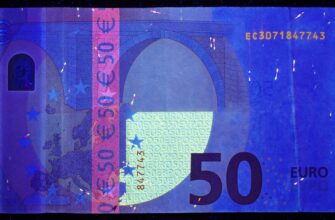What Does BPS Mean in Crypto?
BPS stands for Basis Points, a unit of measurement widely used in finance to describe percentage changes or differences. In crypto, 1 BPS equals 0.01% (or 1/100th of a percent). For example, a 50 BPS fee on a crypto trade translates to a 0.5% charge. This metric helps traders, investors, and platforms communicate small percentage changes with precision, avoiding confusion from decimal-based percentages.
How Is BPS Used in Cryptocurrency?
BPS is critical in crypto for quantifying:
- Trading Fees: Exchanges often list fees in BPS. A 10 BPS fee means you pay 0.1% per trade.
- Interest Rates: Crypto lending platforms use BPS to describe annual percentage yields (APY). A 150 BPS rate equals 1.5% APY.
- Price Movements: A token rising from $100 to $101 represents a 100 BPS (1%) increase.
- Arbitrage Opportunities: Traders track BPS differences between exchanges to profit from price gaps.
Examples of BPS in Crypto
Example 1: A decentralized exchange (DEX) charges 30 BPS per swap. For a $1,000 trade, the fee is $3 (0.3%).
Example 2: A staking pool offers 500 BPS (5%) annual returns. A $10,000 investment yields $500 yearly.
Example 3: Bitcoin’s price jumps from $30,000 to $30,300—a 100 BPS (1%) gain.
Why Is BPS Important in Crypto?
- Precision: BPS avoids rounding errors. Saying “25 BPS” is clearer than “0.25%.”
- Standardization: Platforms use BPS to ensure consistency in fee structures and rate disclosures.
- Comparisons: Investors easily compare fees or yields across exchanges using BPS.
FAQ About Crypto BPS
1. What’s the difference between BPS and percentage?
BPS divides percentages into smaller units (1% = 100 BPS). It simplifies discussing tiny changes, like fee adjustments.
2. How do I calculate BPS?
Multiply the percentage by 100. For example, 0.75% = 75 BPS. To convert BPS to a percentage, divide by 100 (e.g., 120 BPS = 1.2%).
3. Are BPS values the same across all crypto platforms?
Yes—1 BPS always equals 0.01%. However, fee structures vary (e.g., Maker vs. Taker fees).
4. Why use BPS instead of percentages?
BPS reduces ambiguity. Saying “a 50 BPS increase” is less error-prone than “a 0.5% increase” in fast-paced markets.
5. What’s a typical BPS range for crypto trading fees?
Most exchanges charge 10–50 BPS (0.1%–0.5%) per trade. High-volume traders often get discounted BPS rates.








